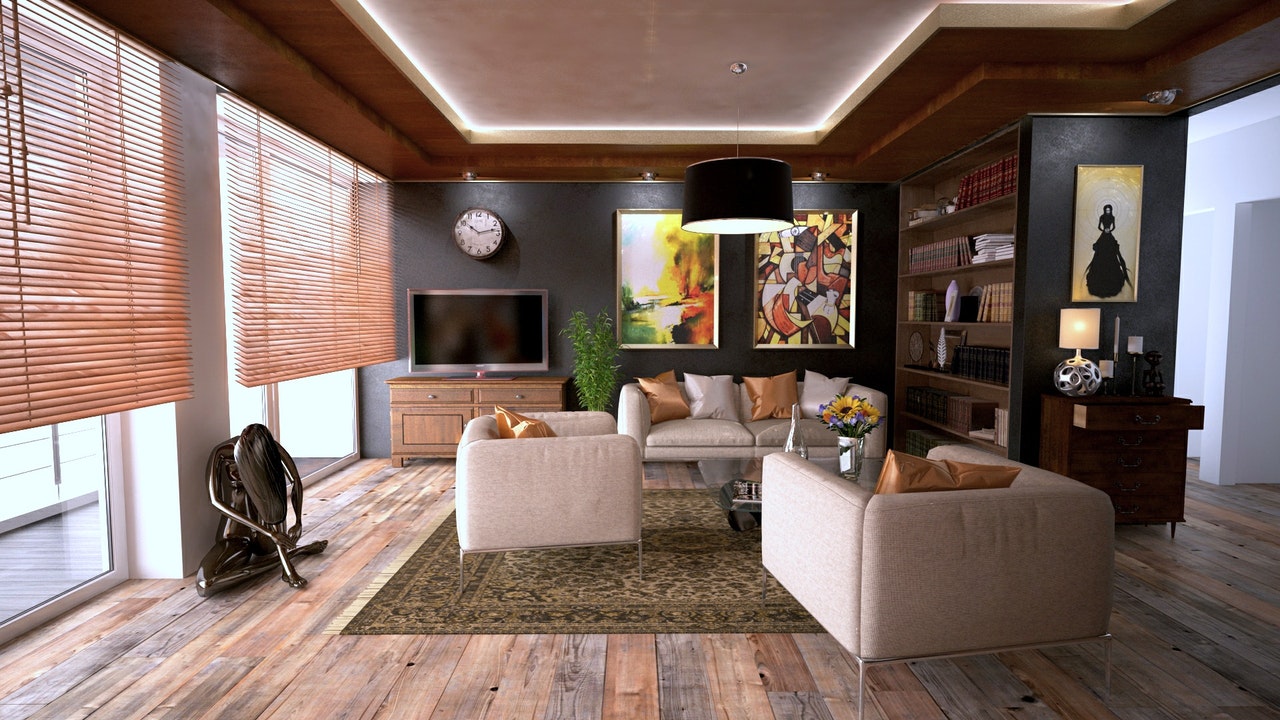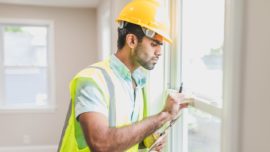
With sustainable architecture on the rise now more than ever, making and researching how to make house extensions more sustainable is now more important than ever. There is a range of different areas that can be covered too, it’s not just in the designs or power used to run it.
We’ve broken it down into 9 unique areas, each as important as the last, all looking at various ways to make your house extension more sustainable than ever thought possible.
Deconstruction Not Demolition
One of the biggest ways to save money on your house extension as well as helping to reduce your carbon footprint in the project is to reuse materials that would otherwise be demolished. Deconstructing any structures that need to be removed or replaced and using those materials elsewhere in your project means that you’re saving on sourcing the materials, transporting them, and using them in construction too. All of those activities are highly carbon-heavy.
Passivhaus Inspiration
A huge area of advancement in architecture comes from the Passivhaus concept. This is where houses are designed to be as minimalistic in the energy required to run them and their carbon footprint as physically possible. To do this, the house is designed to use as many natural resources as possible That means having an overhang above each window to block out the heat and light in the summer when the sun is high, but when the sun is lower in the winter, your home will capture as much light and heat as possible. Combined with insulation and other technologies, the results are outstanding.
Insulation
While on the topic of insulation, this is yet another massively important part of making any home extension more sustainable, both in the construction and in the use of it too. Insulating is massively important in reducing the carbon footprint of the whole UK, as over 25% of the UK’s global emissions come from heating. Whether this means buying the most advanced and efficient insulation possible or even finding natural resources as we’ll look at below, it’s a crucial area to consider at every stage of the extension process.
Energy-Efficient Fixtures/Appliances
How you heat the property and the other fixtures and appliances within it are also massively important. Many people are moving toward underfloor heating for example rather than radiators. This is a very useful example of moving toward more efficient methods, but so are other less considered means like toilet and sink technologies too. Having the latest technologies in these fixtures can massively reduce wasted water and power, just in the same way as more efficient overs and refrigeration can.
Heat Supply
Whichever way you go with heating your extension project, considering the system that you have in place in the first place also helps massively in managing your carbon footprint and making your extension more sustainable. An example of this comes from using a heat pump instead of the usual boiler. Boilers are massively inefficient for the most part, and a huge part of the government plan for moving forward with reducing carbon emissions actually comes from no more of them being installed from 2030 onwards. Heat pumps can take energy from the ground or from the air, and there are multiple government incentives in place at the moment to make these more accessible and more attractive to projects than ever before.
Power Supply
How you power the property, in general, is of course something that can be looked at sustainably and economically at the same time. Solar power is the most common example of this, adding panels to the roof and using the power generated for your property, or even selling excess back to the power grid instead. Of course, this is more effective on some extension projects than others depending on location, but it’s certainly something to consider.
Technology
The technology you choose for your extension can have a huge impact on the economy and efficiency factors of your home as a whole. Smart meters are one way to show this, helping you to control the amount of energy you use and make smarter choices as you use them, but there are alternatives too. The type of lighting you have in place, window technologies, insulation, doors, and even appliances all have a huge impact on the amount of energy used per day.
Natural Materials
Using natural materials throughout your extension is yet another way to make it much more sustainable. You can incorporate this into a range of different areas of the finished project. Some of the most popular options at the moment are wool or hemp insulation, more sustainably sourced wood throughout the entire build, and even locally sourced stone that requires less carbon to reach you.
Eco-Friendly Paints & Decor
Finally, sustainability can also be included in your finishes and décor. There are numerous different types of environmentally friendly paints on the market now, as well as sustainable furniture, recycled materials, sustainable tiles, flooring, and just about anything else you can imagine.
Conclusion
All in all, the potential for sustainable extensions is greater than ever before. There are new technologies, best practices, techniques, and products being made available to the market every single day. Whether you’re undertaking your project or working with an architectural or construction professional, now is the perfect time to utilise all of these incredible methods available and take a step in the right direction.





